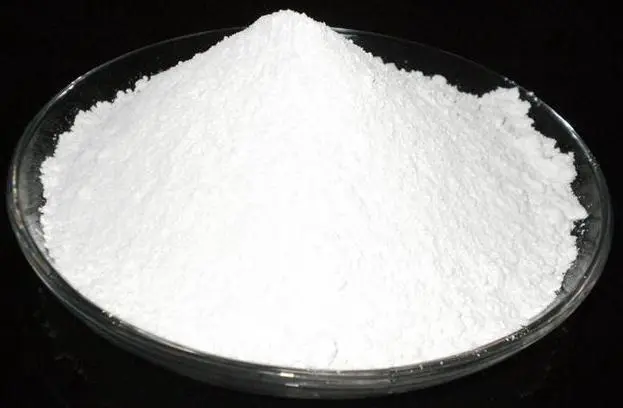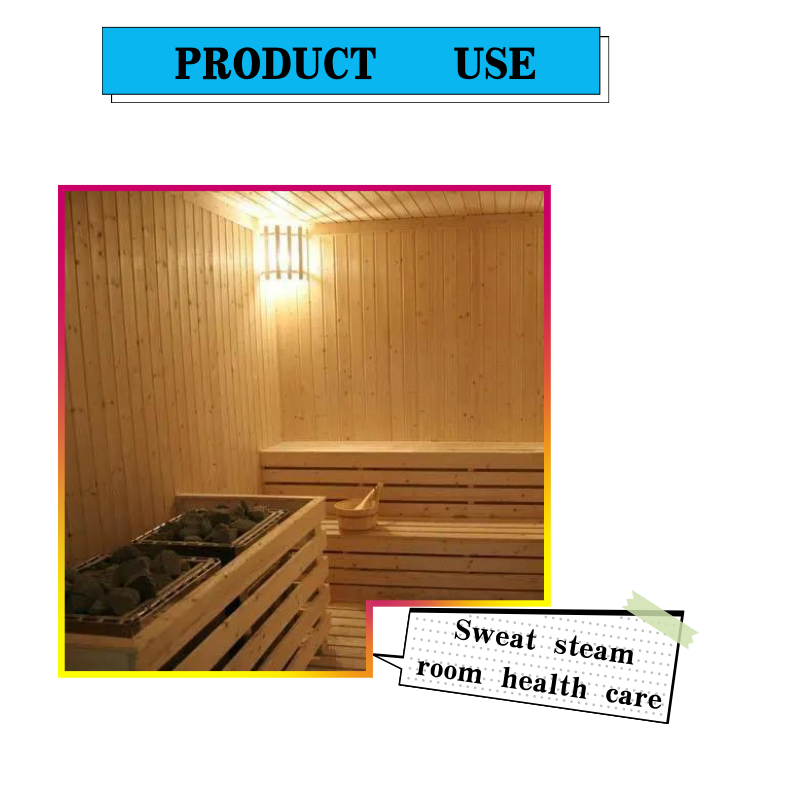
Red Iron Oxide 130 & 190 Premium Pigments for Durable Color
- The science and properties of red iron oxide
pigments - Technical advantages and performance data benchmarks
- Supplier comparison: Iron Oxide Red 130 vs 190 specifications
- Custom formulation solutions for industry-specific needs
- Real-world applications across manufacturing sectors
- Quality assurance and testing protocols
- Sustainability in iron oxide red pigment production

(red iron oxide)
Understanding Red Iron Oxide: The Science Behind the Color
Red iron oxide (Fe₂O₃) represents 60% of the global synthetic iron oxide pigment market, valued at $2.1 billion in 2023. Chemically identical to hematite minerals, synthetic versions dominate industrial applications due to consistent quality control. Particle size distribution determines color characteristics: Iron Oxide Red 130 typically measures 0.2-0.3μm for bright red hues, while Iron Oxide Red 190 ranges 0.5-1.0μm for deeper maroon shades. The calcination process creates final color properties, with temperatures between 600°C-800°C yielding optimal chromatic stability.
Technical Advantages Driving Industrial Adoption
Superior technical properties make synthetic iron oxides irreplaceable across manufacturing. The pigment maintains stability at continuous 300°C exposure without color shift and demonstrates exceptional lightfastness with a Blue Wool Scale rating of 7-8. Chemical resistance data shows negligible degradation when exposed to 5% concentrations of acids/alkalis for 500 hours. With tinting strength 120% higher than organic alternatives and oil absorption rates of 15-25g/100g, it delivers cost efficiency in coatings, concrete, and polymer systems. Environmental compliance stands as a critical advantage: zero heavy metal content (tested to ASTM D3718) and low VOC emission certification meet EU REACH and US EPA standards.
Manufacturer Comparison Analysis
| Parameter | Iron Oxide Red 130 | Iron Oxide Red 190 | Premium Grade |
|---|---|---|---|
| Purity (Fe₂O₃) | 96% min | 94% min | 99.2% |
| Oil Absorption (g/100g) | 15-20 | 22-25 | 18-22 |
| Resistivity (Ω·cm) | 104 | 103 | 105 |
| Heat Stability (°C) | 300 | 280 | 350 |
| pH Value | 5-7 | 4-6 | 6.5±0.5 |
| Price (USD/kg) | $4.20 | $3.75 | $7.80 |
Formulation Customization Solutions
Modern applications demand tailored iron oxide red color solutions. Ceramic manufacturers require micronized particles (< 0.1μm) with zirconium silicate coatings for high-temperature stability during firing cycles exceeding 1250°C. Construction composites utilize hydrophobic surface treatments that reduce water absorption by 40% in concrete applications. Rubber compounders require polymer-specific dispersion packages ensuring 5-minute incorporation times during Banbury mixing. Cutting-edge developments include magnetic particle alignment techniques achieving directional coloration with 15% pigment reduction and conductive variants tailored for ESD applications at 2.3μS/cm resistivity levels.
Industry-Specific Application Cases
Construction materials consume 47% of global production, where red iron oxide pigment provides UV-stable coloration to 3.2 million tons of concrete annually. In automotive coatings, optimized dispersions achieve coverage at 28μm DFT with weathering resistance exceeding 10-year durability ratings. Plastics manufacturing utilizes thermal-stable grades maintaining color consistency during injection molding at barrel temperatures reaching 290°C. Recent innovations include FDA-approved food-contact packaging pigments meeting 21 CFR 178.3297 standards and specialized low-abrasion formulations for digital printing inks that reduce printer head wear by 75%.
Quality Assurance Protocols
ISO 9001-certified producers implement statistical process control measuring 18 critical parameters throughout manufacturing. X-ray diffraction (XRD) analysis confirms crystalline phase purity with less than 1% maghemite contamination. Particle size distribution maintains ±2% tolerance through laser diffraction monitoring, while color consistency achieves ΔE<1.0 on CIE Lab scales. Accelerated weathering tests per ASTM G155 demonstrate less than 15% color shift after 2500 hours Xenon-arc exposure. Quality documentation includes Material Safety Data Sheets with certified ecotoxicology reports confirming zero aquatic toxicity at concentrations below 100mg/L.
Iron Oxide Red 190 in Sustainable Manufacturing
Eco-efficient production methods have reduced energy consumption in iron oxide red pigment manufacturing by 35% since 2010. The Mars process utilizes catalytic oxidation creating 18% less CO₂ emissions than traditional calcination methods. Recycled iron sources now constitute 28% of feedstock, diverting 400k tons annually from industrial waste streams. Life cycle analysis demonstrates 42% lower carbon footprint versus organic pigment alternatives. Current developments target zero-water processes that eliminate effluent streams and bio-based reduction techniques achieving comparable color strength with 95% renewable resources. Industry projections forecast global iron oxide red color demand growth at 4.8% CAGR through 2030, driven primarily by sustainable infrastructure initiatives.

(red iron oxide)
FAQS on red iron oxide
Q: What is red iron oxide used for?
A: Red iron oxide is a synthetic inorganic pigment widely used in construction, coatings, and ceramics. It provides durable, UV-resistant coloration for materials like concrete, paints, and tiles. Its stability makes it ideal for industrial and artistic applications.
Q: How does iron oxide red 130 differ from other red iron oxides?
A: Iron oxide red 130 refers to a specific pigment grade with high tinting strength and heat resistance. It’s commonly used in plastics and coatings where color consistency is critical. Its particle size and chemical purity differentiate it from other grades.
Q: Is iron oxide red color safe for cosmetics?
A: Yes, iron oxide red is FDA-approved for cosmetic use, including lipsticks and eyeshadows. It’s non-toxic, non-irritating, and provides stable color. However, purity and regulatory compliance must be verified for each application.
Q: What industries use iron oxide red 190?
A: Iron oxide red 190 is primarily used in construction materials like concrete blocks and pavers. Its deep red hue enhances aesthetic appeal, while its weather resistance ensures longevity. It’s also employed in specialty coatings and art supplies.
Q: Can iron oxide red pigments fade over time?
A: Red iron oxide pigments are highly resistant to fading due to UV exposure and weathering. They maintain color integrity in outdoor applications like roofing and facades. Proper formulation ensures minimal degradation over decades.
Share
-
High Purity Quartz Sand for Industrial and Ground ApplicationsNewsJul.24,2025
-
High-Quality Zeolite Powder for Industrial & Agricultural UseNewsJul.23,2025
-
Premium Cultured Stone Ledgestone for Lasting Elegance OutdoorsNewsJul.22,2025
-
High Purity Ceramic Particles: Durable SolutionsNewsJul.21,2025
-
Silicon Carbide: High-Performance Abrasive & Refractory SolutionsNewsJul.21,2025
-
Export-Quality Calcined Dolomite Powder | High Purity Per Ton PriceNewsJul.20,2025






